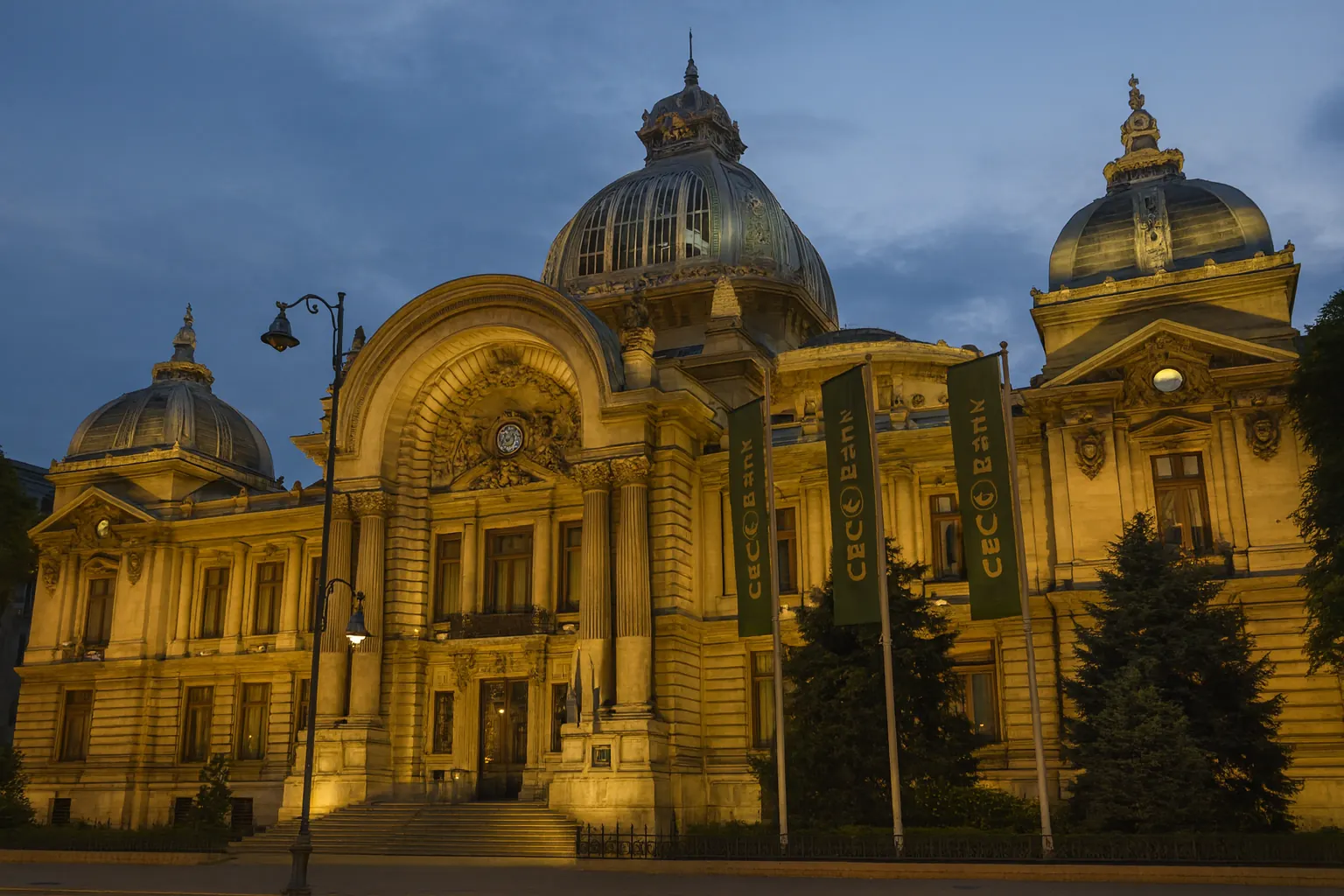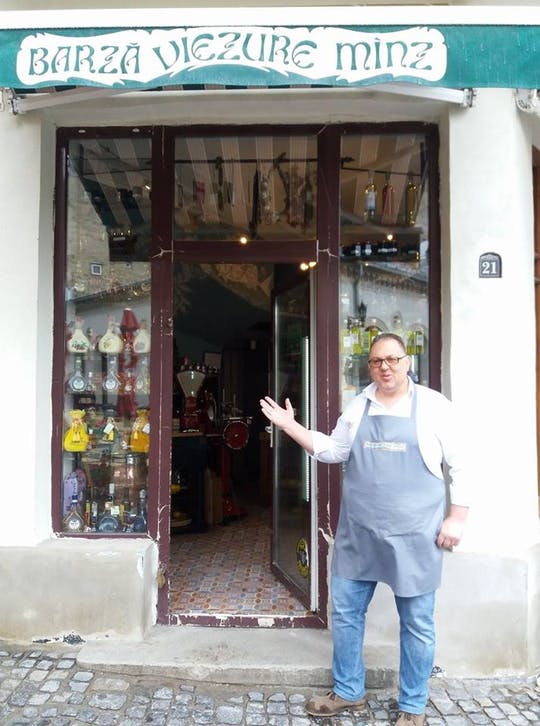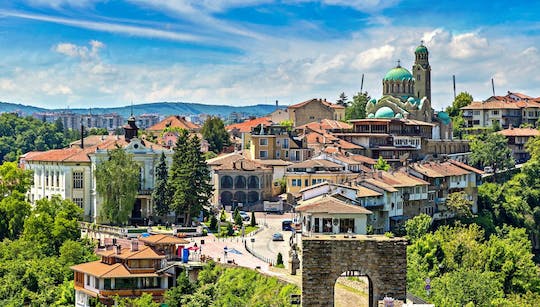Discover Amazing Activities you can do in Bucharest
Day 1: Historic Heart of Bucharest
Morning: A stroll through the Old Town
We begin our journey in the beating heart of Bucharest: the Old Town. This area, locally known as Lipscani, is a maze of cobblestone streets that hosts an eclectic mix of architecture, from medieval buildings to art nouveau constructions.
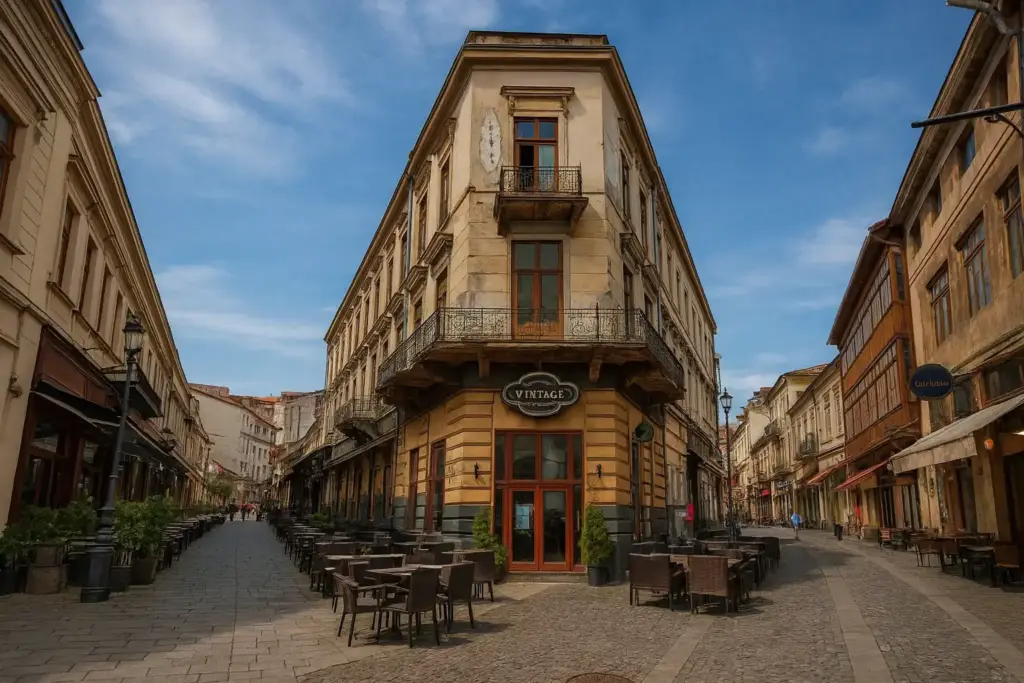
- Stavropoleos Church: Our first stop is this 18th-century architectural gem. With its intricate details and well-preserved frescoes, Stavropoleos Church is a perfect example of the Brâncovenesc style, a fusion of Byzantine, Ottoman, Baroque and Renaissance elements.
- Lipscani Street: Stroll along this lively pedestrian street, the heart of the Old Town. Here you’ll find a wide variety of shops, cafés and restaurants. It’s the perfect place to feel the pulse of everyday life in Bucharest.
- Hanul lui Manuc: This former 19th-century caravanserai (inn for merchants) is now a complex with restaurants, shops and a hotel. Its inner courtyard will transport you to another era.
- Curtea Veche (The Old Princely Court): The site is currently closed to the public for conservation work. You can see the ruins from the outside; check the reopening on the Bucharest Museum website.
Afternoon: Architectural and cultural highlights
After lunch in one of the charming Old Town restaurants, we continue our route through some of Bucharest’s most emblematic buildings.
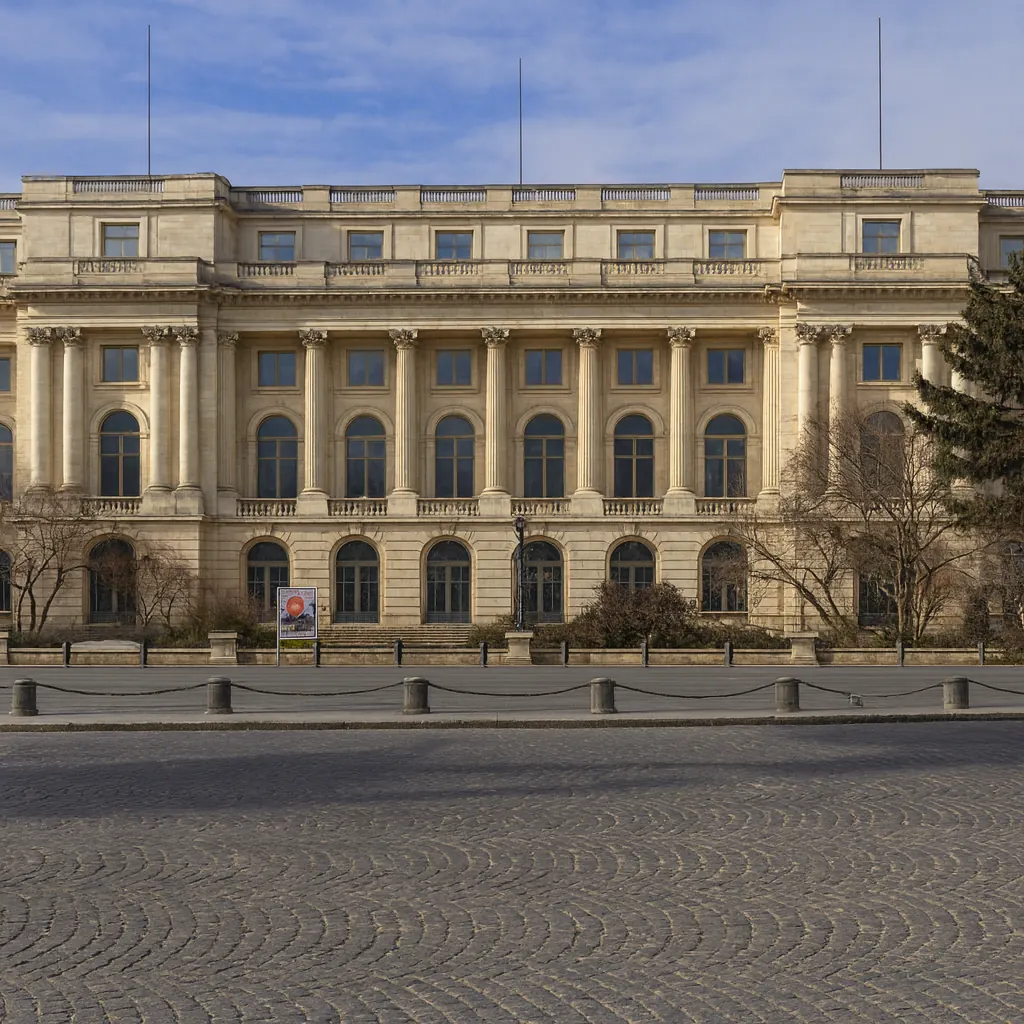
- Romanian Athenaeum: This majestic neoclassical building is considered the cultural heart of Romania. If you have the chance, attend a concert by the George Enescu Philharmonic.
- Tip: The interior visit costs 15 RON (≈ €2.96 on 18/09/2025; 1 €=5.067 RON, BNR) and allows you to admire the impressive circular fresco that tells the history of Romania.
- CEC Palace: Headquarters of CEC Bank, it doesn’t offer regular visits; its eclectic façade with a glass-and-metal dome is one of the most photographed in Bucharest.
- Palace of the Parliament: No visit to Bucharest would be complete without seeing this administrative colossus, built during the Ceaușescu era.
Guided tour required at the Palace of the Parliament. Standard price 64 RON (≈ €12.63 on 18/09/2025; 1 €=5.067 RON, BNR). Bring your passport or ID and book in advance.
Evening: Dinner and nightlife in the Old Town
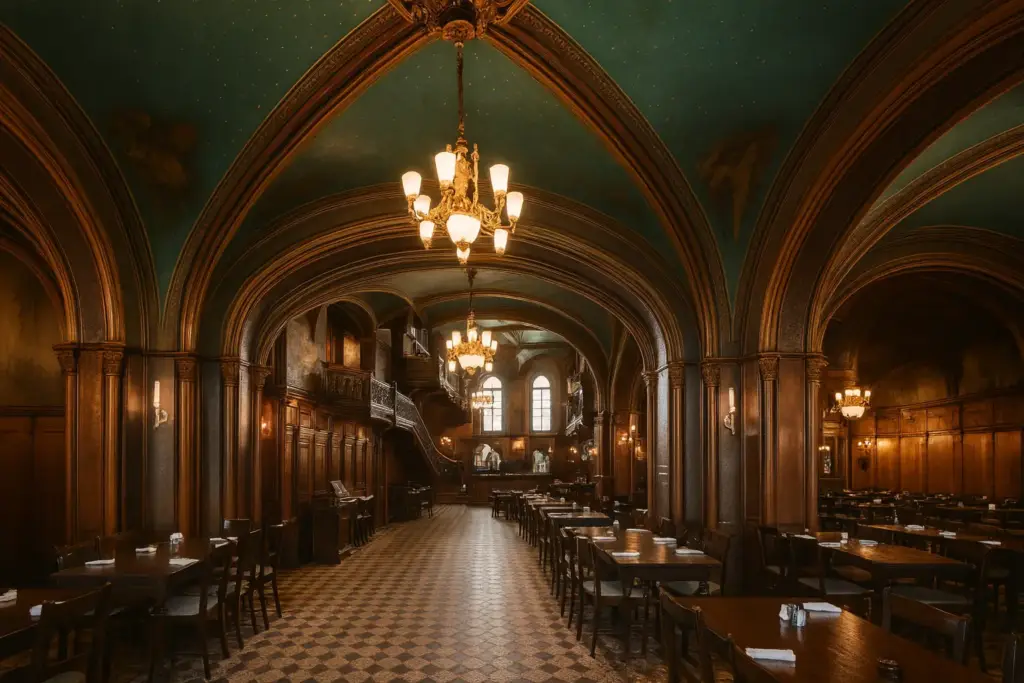
To end the day, head back to the Old Town to enjoy Bucharest’s lively nightlife. The Lipscani area transforms at night, with bars and clubs for every taste.
Try traditional Romanian cuisine at the Caru’ cu Bere restaurant, a historic venue with a notable art nouveau interior. Don’t miss sarmale (cabbage rolls) and mici (grilled minced-meat rolls).
Day 2: Culture, nature and urban contrasts
Morning: Cultural immersion
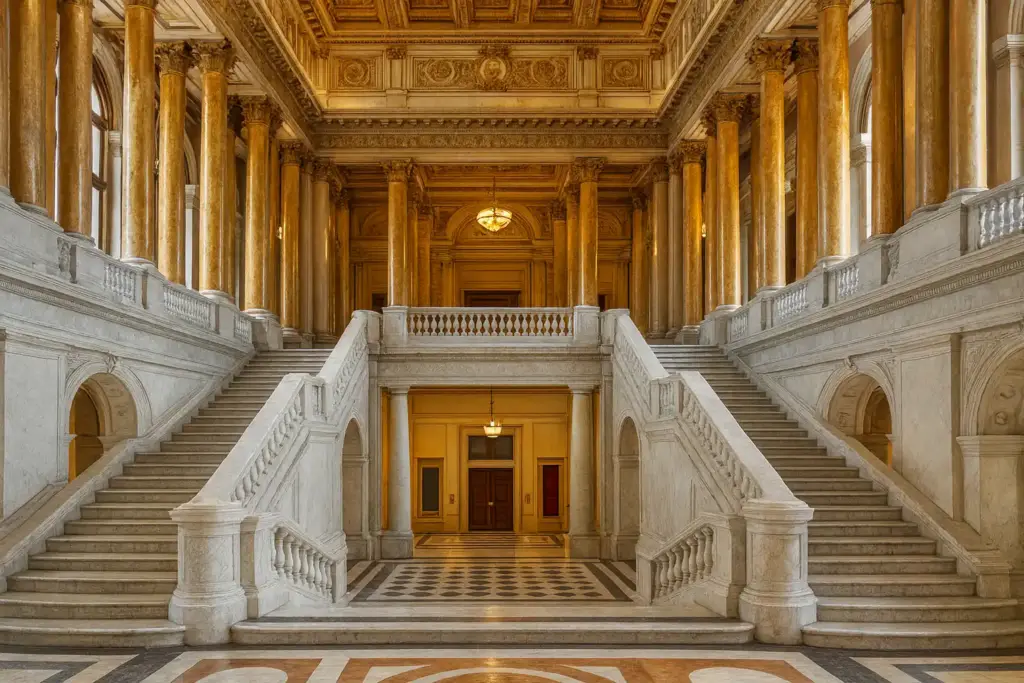
- National Museum of Art of Romania: Located in the former Royal Palace, this museum houses an outstanding collection of Romanian and European art. Pay special attention to the National Gallery.
- Tip: Admission is free on the first Wednesday of each month. Check hours and conditions on the official website.
- National Museum of the Romanian Peasant (MNȚR): This museum immerses you in Romania’s folk culture, from traditional costumes to crafts. Recommendation: Visit the museum shop for handmade souvenirs.
Afternoon: A green breather in the heart of the city
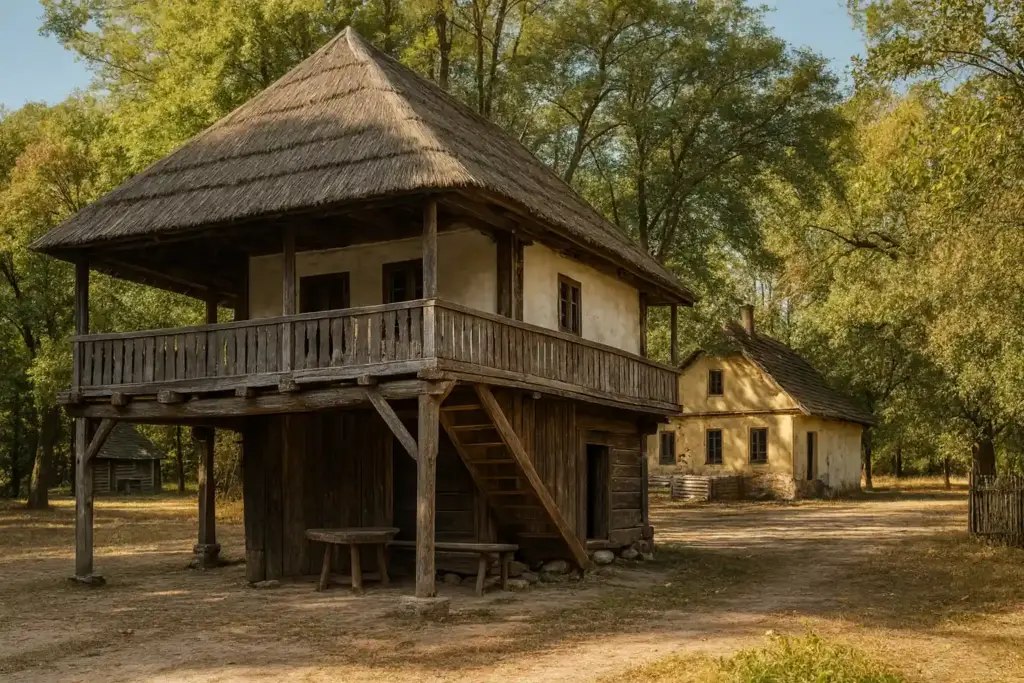
- Cișmigiu Park: Bucharest’s oldest and most charming park is ideal for relaxing after a morning of museums. Boat rides in summer and an ice rink in winter, depending on the season.
- Herăstrău Park (King Michael I Park) and the ‘Dimitrie Gusti’ National Village Museum: This large park around Lake Herăstrău is the city’s green lung. Don’t miss the open-air museum that recreates traditional architecture from different regions. Tip: Rent a bicycle to tour the park comfortably and sustainably.
Village Museum admission: 40 RON (≈ €7.89 on 18/09/2025; 1 €=5.067 RON, BNR). Buy at the ticket office; optional paid guide.
Evening: Urban contrasts and local cuisine
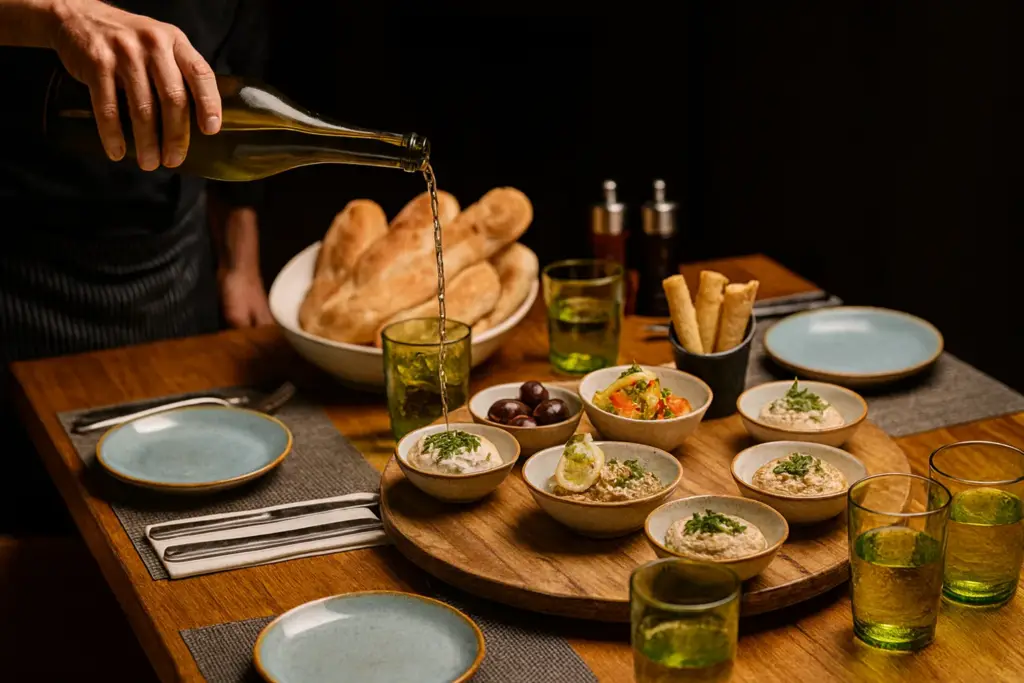
- Calea Victoriei: This historic avenue is perfect for an evening stroll. Look out for the Cantacuzino Palace (George Enescu Museum) and the Romanian Athenaeum.
- Dinner at Hanul lui Manuc: End the day with traditional Romanian dishes in a setting steeped in history.
| Fact | Information |
|---|---|
| First mention | 1459 (reign of Vlad Țepeș) |
| Population | ≈ 1.72 million (municipality, 2021 census) |
| Nickname | “Little Paris” for its interwar architecture |
| Tallest building | SkyTower (137 m) |
Day 3: Beyond the historic center
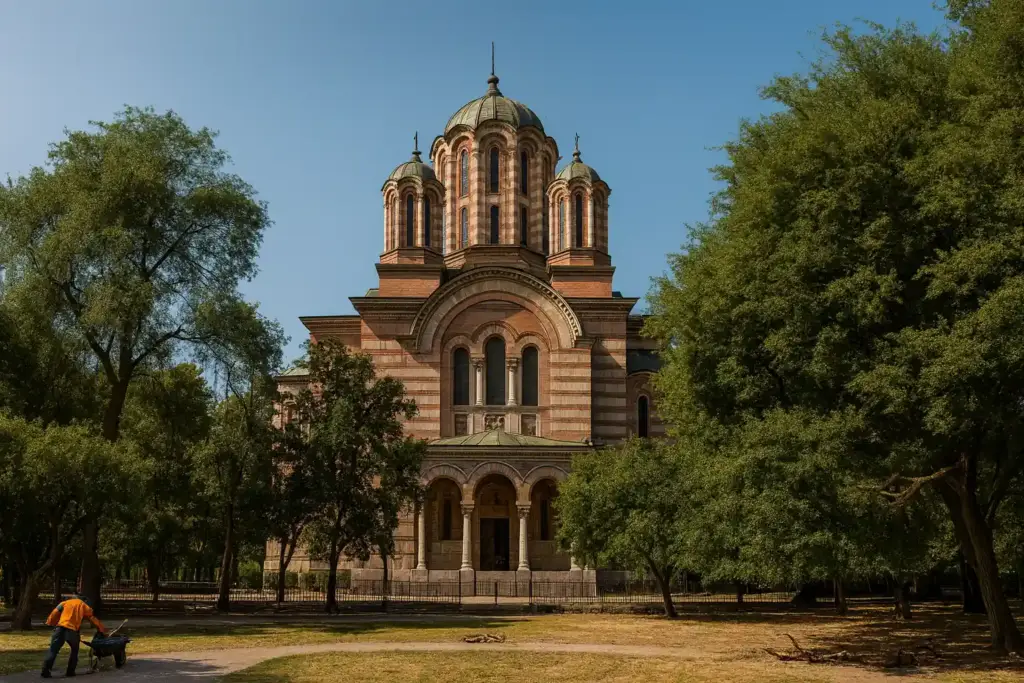
Morning: Exploring residential neighborhoods
- Cotroceni neighborhood: Start the day in this elegant residential area, with early-20th-century villas and the Cotroceni Palace, the official residence of the President of Romania. Book your visit to the Cotroceni Palace in advance.
- Sfântul Elefterie Nou Church: This impressive Orthodox church, built in the 1930s, is an outstanding example of Neo-Byzantine architecture.
Afternoon: Contemporary art and shopping
- National Museum of Contemporary Art (MNAC): In a wing of the Palace of the Parliament, it offers an overview of Romanian and international contemporary art.
AFI Cotroceni: If you’re looking for shopping and leisure, this mall brings together brands and entertainment for all tastes.
Evening: Farewell in style
- Dinner in the Floreasca neighborhood: Bid farewell to the trip at one of this district’s trendy restaurants.
- Concert at the Romanian Athenaeum: If the timing works, a concert here is the perfect farewell.
How to get around Bucharest
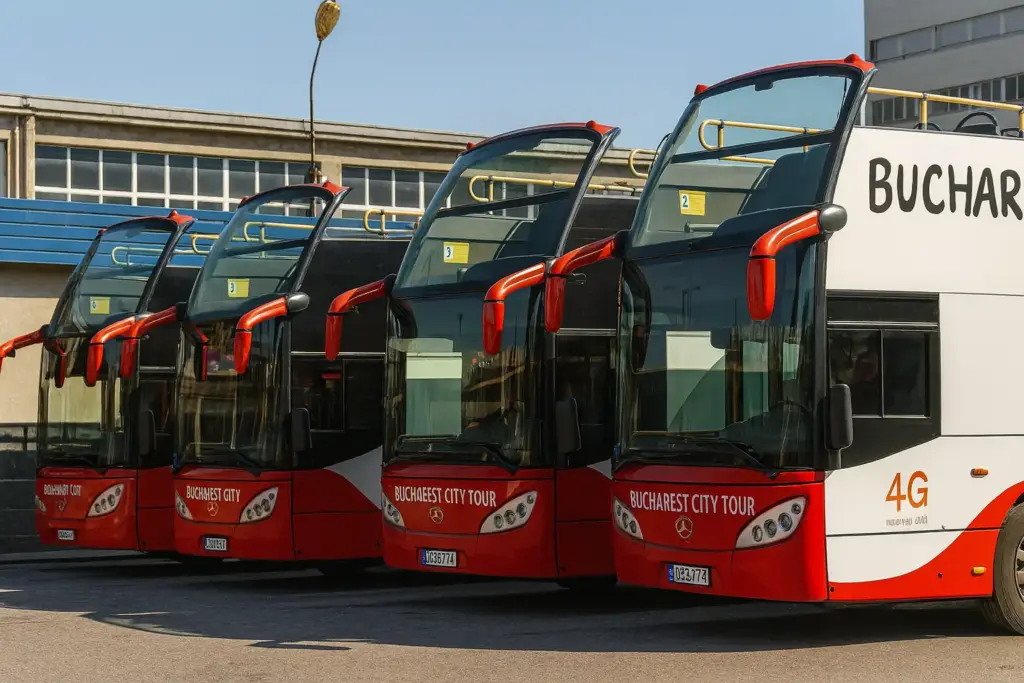
Bucharest has a public transport network that includes metro, buses, trams and trolleybuses. The metro is the fastest option for getting around the center.
Tip: Get an ACTIV card, rechargeable for travel on the surface network. You can also pay with a contactless bank card on board buses and trams.
Integrated metropolitan ticket (STB + surface transfers) 90 min: 3 RON (≈ €0.59 on 18/09/2025; 1 €=5.067 RON, BNR).
To explore the Old Town, it’s best to do so on foot or by bicycle. Many attractions are concentrated in this area.
For a more personal experience, consider a free walking tour with GuruWalk. Local guides provide context and anecdotes that enrich the visit.
| Mode of transport | Advantages | Disadvantages |
|---|---|---|
| Metro | Fast, frequent, covers main areas | Doesn’t reach every tourist area |
| Bus | Wide coverage | Can be slow due to traffic |
| Tram | Scenic, useful for medium distances | Limited network |
| On foot | Ideal for the historic center | Limited to short distances |
Additional tips for visiting Bucharest in three days
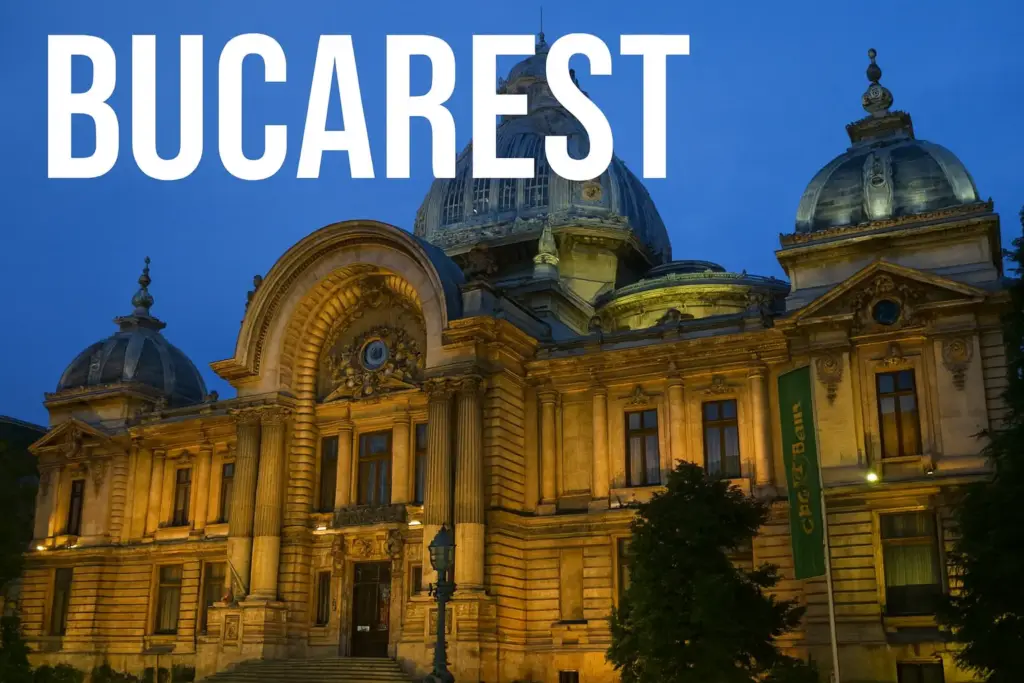
- Best time to visit: Spring (April–May) and autumn (September–October) for mild weather and fewer crowds.
- Language: Romanian is official; many young people speak English in tourist areas.
- Currency: Romanian leu (RON). Carry some cash for small purchases and tips.
- Safety: Generally a safe city; watch your belongings in tourist areas and on public transport.
Remember, the best way to discover the city’s secrets is with a local guide. Take advantage of GuruWalk’s guided tours to turn your visit into a complete experience!
Best Free Tours in Bucharest
Discover the main landmarks of communist history in Bucharest with our pass…
Hi! I’m Alexandra, a licensed local guide in Bucharest. Join me on a relaxed and engaging walking tour where I’ll…
Everything you want to know about Romanian communism in a free paid tour. Almost 50 years of communism impacted
Uncover the opposing regimes that changed Bucharest, from the Belle Époque of the kings and the World Wars to the…
We start in front of the Colțea Church (Biserica Colței), reveal its history and introduce our guests to the general…
The Bellu Cemetery in Bucharest offers an authentic cultural experience as one of the city's most genuine attractions. While n…
Get the pulse of the city with our Story of Bucharest free tour that we run everyday, shine or rain!…
